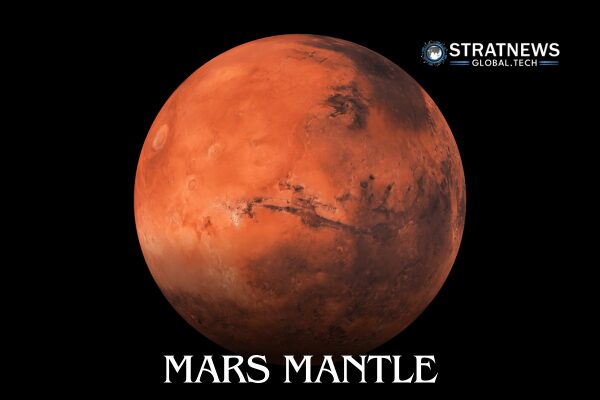Study Reveals Fractured Interior Using NASA’s InSight Data
Scientists studying seismic activity on Mars have discovered that the planet’s mantle is not smooth and uniform, but instead made up of ancient fragments left over from its violent formation billions of years ago.
The findings, published in Science, are based on seismic data collected by NASA’s InSight mission. They challenge traditional models of rocky planets, which assume neatly layered interiors. Instead, Mars’ mantle follows a fractal pattern, with large chunks up to 4 km wide surrounded by many smaller ones.
“What we found was quite unexpected,” said Dr Constantinos Charalambous of Imperial College London. “Mars’s mantle is studded with these ancient primordial remnants at the kilometre scale.”
Mars as a Geological Time Capsule
These fragments formed during the planet’s first 100 million years, when massive collisions melted parts of Mars into oceans of magma. Debris from impacting bodies became embedded in the mantle.
On Earth, plate tectonics constantly recycle material, erasing traces of early planetary history. Mars, however, has a “stagnant lid” crust that preserves this ancient debris. “On Earth, the story has been rewritten a thousand times,” Charalambous explained. “On Mars, we see a more pristine record — the first draft of its history.”
Seismic waves from eight marsquakes, including two caused by meteorite impacts, revealed the fractured interior. Higher-frequency waves showed delays and interference, confirming a heterogeneous mantle.
AI Unlocks Deeper Insights
Researchers from Imperial College London and international partners used artificial intelligence to analyse InSight’s seismic data. AI helped filter out noise from wind and weather, isolating the true seismic signals.
“What you really wanted was a consistent way of searching through all of this data. And this is where AI comes in,” said Prof Tom Pike of Imperial College. He added that AI allowed scientists to extract more seismic details and pinpoint their sources.
Clues for Planetary Formation Across the Solar System
The study offers new insights into stagnant-lid worlds such as Venus and Mercury, where early planetary chaos may also be preserved. It also refines models of planetary evolution across the solar system and in distant exoplanets.
Prof Pike noted that the findings deepen one of humanity’s biggest questions. “One of the fundamental questions is: are we alone? And related to that is: how unique is Earth? All we knew was what we had on Earth. Now we have a second data point, and the fact it is so different puts into perspective how special Earth might be.”
with inputs from Reuters


